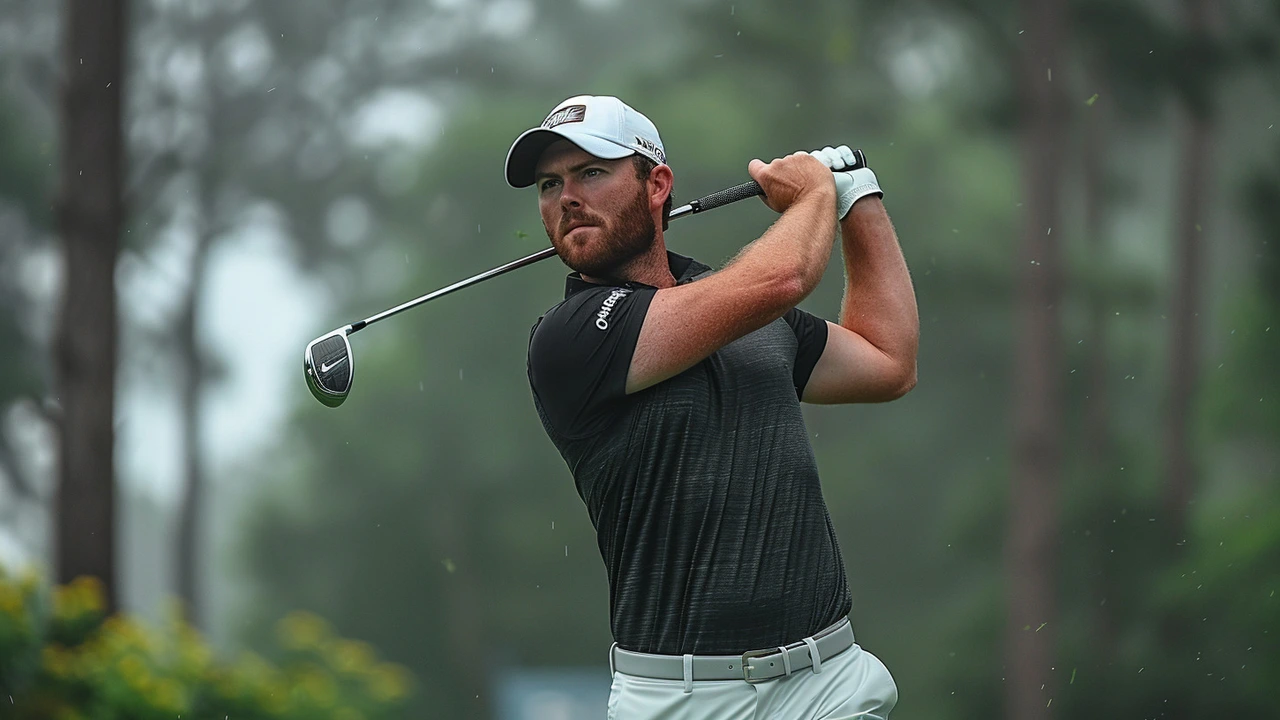Golfer death: what the tag covers and how to stay safe
Stories about a golfer death hit hard. They raise questions about cause, responsibility and prevention. This tag collects news, updates and practical advice so you can understand what happened and how to reduce risk when you play.
We focus on verified reports and clear facts. When a tragic event occurs on the course, our coverage tracks the timeline, statements from officials, medical findings and local responses. We also include safety tips and expert guidance that players, clubs and spectators can use right away.
Common causes of on-course deaths
Several causes come up again and again. Knowing them helps you spot danger early.
Cardiac events: Sudden heart attacks can happen to people of any age. Carrying basic medical info and knowing where the nearest AED is matters.
Heat-related illness: Long hours in the sun, especially without enough water or rest, can lead to heatstroke. Clubs should offer shaded rest areas and water stations, and players should pace themselves.
Lightning: Golf courses are wide open and exposed. Lightning strikes are rare but deadly. If thunder is heard, seek shelter immediately and avoid tall, isolated objects.
Accidents: Falls, cart crashes or being struck by golf equipment can also cause fatal injuries when the impact is severe.
What to do if you witness an emergency
Stay calm and act fast. Your quick steps can save a life.
1) Call emergency services right away. Tell them your location and the nature of the incident.
2) Check responsiveness and breathing. If the person is unresponsive and not breathing normally, start CPR. If an AED is available, use it as soon as possible.
3) Move to safety only if the scene is dangerous. For example, during lightning you should move to a safe shelter before helping if it’s still risky to stay outside.
4) Control severe bleeding with firm pressure. Keep the person warm and reassured until professionals arrive.
5) Report details to course staff and emergency responders. Accurate info helps responders and any later investigations.
If you’re unsure how to do CPR or use an AED, consider a short first-aid course. Many clubs offer training, and it’s a small time investment with big potential impact.
On this tag you’ll find timely news, fact checks and practical guides after every incident. We also share resources for clubs: emergency action plans, where to place AEDs, how to handle media and how to support grieving families.
Want to help? If you witnessed an incident or have photos, contact our newsroom with clear details. If you run a club, tell us about your safety measures—your experience could help others.
Stay alert on the course. Know the weather, bring water, learn basic first aid, and always respect warnings. That way we all protect the game and each other.

